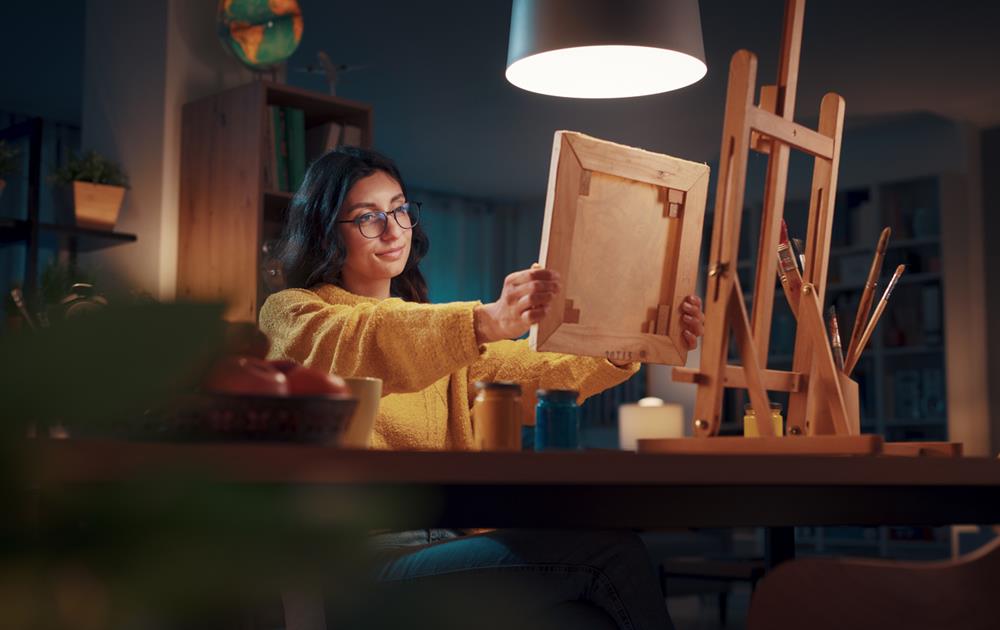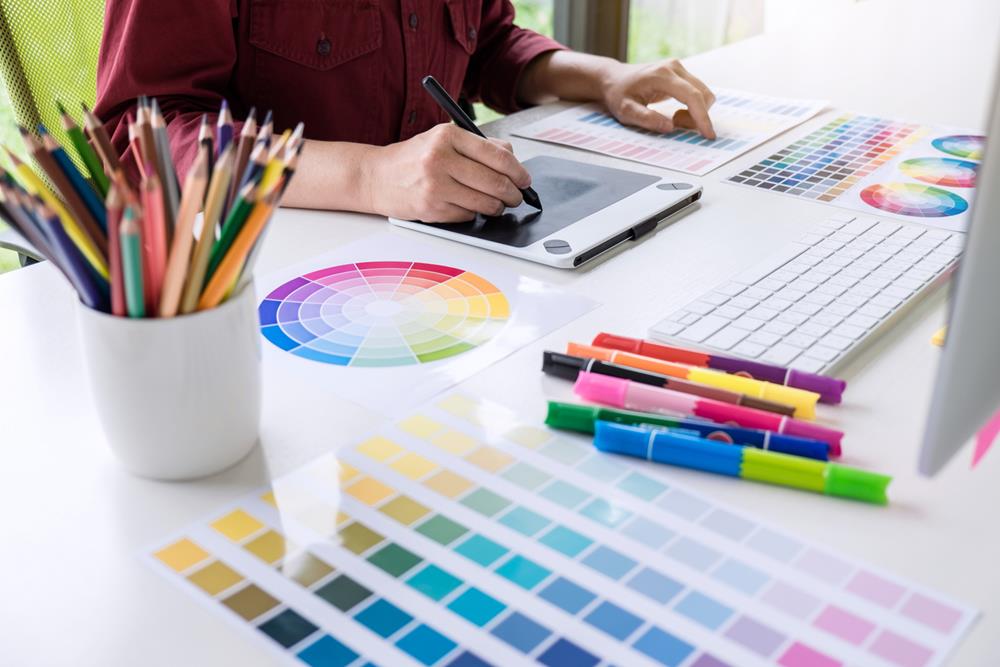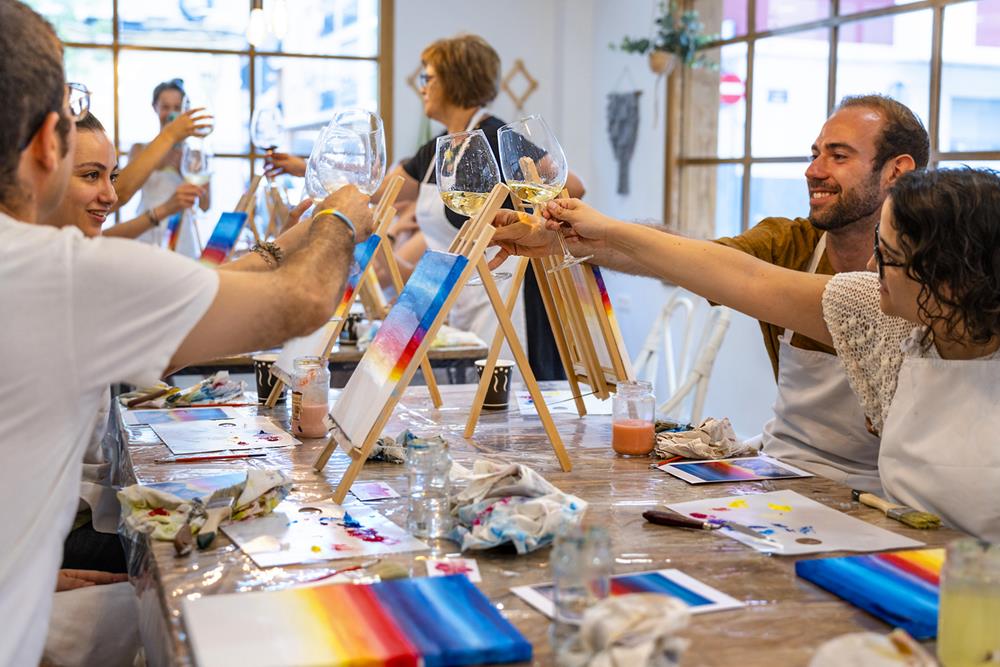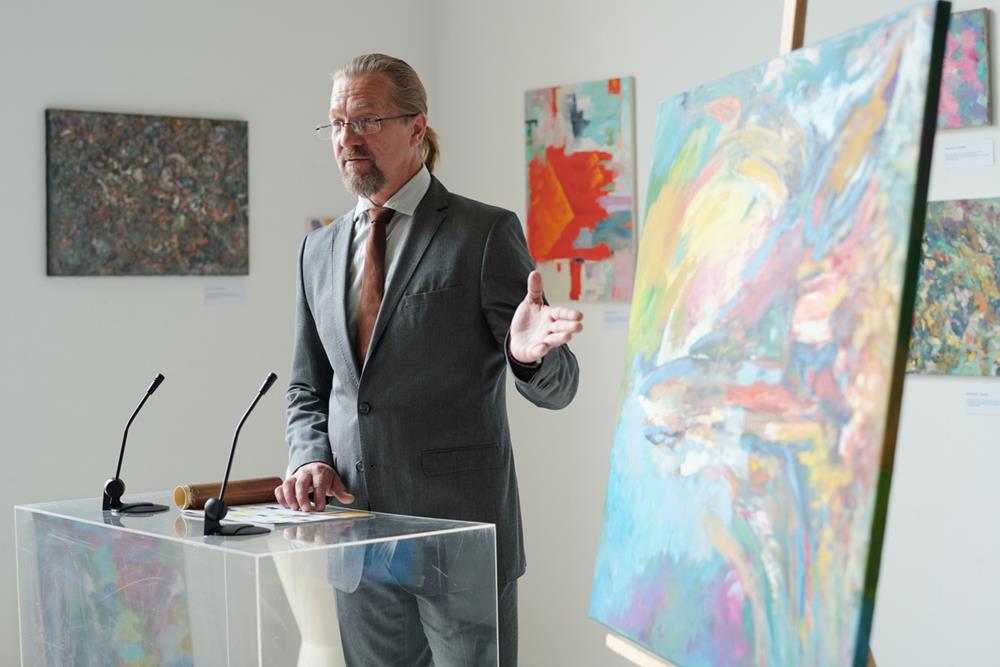Art is all around us, from the music we listen to every day to the movies we watch and the paintings we admire in galleries. For thousands of years, art has been a big part of human history, but sometimes, we forget just how important it is in our modern lives. This isn’t just about making things look pretty; art has a deep and powerful effect on our minds, our feelings, and even how we understand each other and the world.
In this article, we’re going to explore why art is so valuable today. We’ll see that it’s not just something nice to have; it’s essential for our mental health, for sparking new ideas, for bringing people together, and for making our communities better places to live. Let’s dive into the countless ways art makes our lives better, showing us that its value truly is beyond measure.
The Psychological and Emotional Benefits
Art isn’t just a feast for the eyes; it’s a balm for the soul, offering deep psychological and emotional benefits that enrich our lives in countless ways. Here’s how:
- Emotional Release: Art offers a unique means to express emotions that are hard to verbalize, facilitating a release of feelings and reducing stress.
- Self-Discovery: Engaging in artistic activities helps uncover aspects of our personality and inner thoughts, promoting self-awareness and growth.
- Stress Reduction: Creating or experiencing art lowers stress levels, thanks to the calming effects of focusing on creative tasks.
- Combatting Anxiety and Depression: Art activities, especially when guided by therapeutic principles, can alleviate symptoms of anxiety and depression.
- Happiness Boost: Both creating and observing art can increase dopamine levels, enhancing feelings of happiness and contentment.
- Mindfulness and Relaxation: Art encourages a state of flow, a mindful immersion in the activity that can lead to a serene, meditative state.
- Empathy and Understanding: Art can convey deep emotional experiences, fostering empathy and a sense of connection with others.
- Shared Experiences: Art communities and workshops offer spaces to connect with others, reducing feelings of isolation and loneliness. Art Therapy: Professional art therapy sessions use creative processes to help people explore emotions, improve self-esteem, and manage addictions or traumas.
- Cognitive Improvement: Artistic engagement has been linked to improved cognitive functions, including memory and problem-solving skills.
Fostering Creativity and Innovation
The arts are not just a source of beauty and entertainment; they are a dynamic force for fostering creativity and sparking innovation across all aspects of modern society. Here’s how the arts contribute to this creative revolution:
- Diverse Thinking: Engaging with the arts encourages us to think in non-linear, imaginative ways, breaking free from conventional patterns and fostering original ideas.
- Problem-Solving Skills: The creative process inherent in the arts teaches us to approach challenges with flexibility, finding innovative solutions where others might see obstacles.
- Blurring Boundaries: Artistic creativity often spills over into other fields, inspiring innovations in technology, business, and science. For instance, designers use principles of sculpture in car manufacturing and musicians influence software development.
- Collaborative Projects: Artistic projects frequently bring together professionals from various fields, fostering an environment where interdisciplinary collaboration leads to groundbreaking innovations.
- Enhanced Creativity in Employees: Companies that encourage artistic expression and creativity among their employees often see a boost in overall innovation, problem-solving abilities, and job satisfaction.
- Developing Future Innovators: Education systems that integrate arts into the curriculum are nurturing the next generation of creative thinkers and innovators. These programs teach students not just to create but to think creatively and adaptively.
- Driving Economic Growth: The creative industries, fueled by artistic innovation, are significant contributors to economic development, creating jobs and attracting investments.
Enhancing Cultural Understanding and Diversity
Art possesses a unique power to transcend boundaries, offering a profound medium for fostering cultural understanding and celebrating diversity. Here’s how it enriches our lives by broadening our perspectives and connecting us to the wider world:
- Universal Language: Art serves as a universal language, conveying emotions and stories that cut across linguistic and cultural barriers, fostering a sense of shared humanity.
- Cultural Exchange: Through art, we experience the traditions, beliefs, and histories of different cultures, enhancing mutual respect and understanding.
- Reflecting Societal Diversity: Art showcases the rich variety of human experience, highlighting the diversity within communities and encouraging a deeper appreciation of different ways of life.
- Empowering Voices: Art provides a platform for marginalized and underrepresented groups to express their identities and stories, contributing to a more inclusive and equitable cultural landscape.
- Historical Insights: Artworks offer valuable insights into the past, allowing us to learn about the cultural, social, and political contexts of different eras and civilizations.
- Preservation of Heritage: Through the preservation and study of art, we safeguard cultural heritage for future generations, ensuring that diverse histories and traditions are not forgotten.
- Global Connectivity: In an increasingly interconnected world, art promotes global awareness and empathy, encouraging people to think beyond their own experiences and consider global perspectives.
- Enriching Education: Incorporating art from diverse cultures into educational curriculums enriches learning, helping students develop a broader understanding of the world and the people in it.
Strengthening Communities and Social Bonds
Art is a powerful catalyst for building stronger communities and fostering social bonds. It has a unique ability to bring people together, creating shared experiences and understanding that can bridge differences and build connections among individuals. Here’s how art plays a pivotal role in community engagement and social cohesion:
- Community Projects: Art projects that involve community members in the creation process help foster a sense of ownership and pride. These projects can transform public spaces and become a source of communal identity.
- Public Performances and Exhibits: Events such as local theater productions, art exhibitions, and music concerts provide opportunities for people to gather, share experiences, and enjoy the sense of being part of a community.
- Inclusive Spaces: Art programs and workshops designed to be accessible to all members of a community, including those with disabilities or from marginalized groups, promote inclusivity and understanding.
- Community Murals and Public Art: These visible, public forms of art can ignite community pride, beautify neighborhoods, and serve as a focal point for civic engagement and local activism.
- Volunteering Opportunities: Many art-related events and projects offer volunteering opportunities, which not only contribute to the success of the event but also strengthen the social fabric by encouraging cooperation and altruism.
Contributing to Economic Growth
Art doesn’t just nourish our souls; it also plays a significant role in economic development. From creating jobs to attracting tourism, the arts contribute to the economy in various impactful ways. Here’s how art acts as a catalyst for economic growth:
- Creative Industries: The arts sector is a major employer, with jobs ranging from individual artists and performers to roles in galleries, theaters, and museums, as well as in education and administration.
- Ancillary Employment: Art events and institutions support local economies by creating demand for ancillary services such as hospitality, tourism, and retail.
- Art Markets and Sales: Sales of artwork and craft items inject financial resources into communities, benefiting artists and local economies.
- Cultural Districts: Areas designated as cultural districts often see revitalization and economic growth, attracting businesses and increasing property values.
- Private and Corporate Sponsorship: The arts attract investment from both individuals and corporations, who sponsor events and programs as part of their social responsibility or for the intrinsic value they offer.
- Cross-Sector Innovation: Skills and creative approaches developed in the arts can influence other sectors, leading to new products, services, and technologies.
- Attracting Talent: A thriving arts scene makes locations more desirable to live in, helping to attract and retain a skilled workforce, which in turn benefits local businesses and the broader economy.
- Community Revitalization: Investment in the arts can lead to the revitalization of neglected or underdeveloped areas, turning them into thriving community hubs.
Conclusion
Art is much more than just pretty pictures or nice music. It’s a powerful force that makes our lives better in so many ways. It helps us feel good, think creatively, understand each other better, bring communities together, and even help the economy grow. By supporting and enjoying art in our everyday lives, we’re not just making our own lives richer; we’re also helping to build a happier, more connected, and prosperous world for everyone. So, let’s keep celebrating and supporting the arts because their value truly is priceless.
Additional Notes
- Proficiency in art correlates with comfort in working on math problems. In fact, research shows links between art experiences and increased academic and social development.
- Today’s employers appreciate creativity and the ability to problem-solve. Success in school may lead to better employment opportunities, but promotions and advancement will depend upon an employee’s ability to continue to impress their peers and supervisors.
- When students immerse themselves in the appreciation of and a study in those arts, the stories of the artists and the artworks, such as those found in Park West Gallery art collections, connections to other times and peoples are made.
- Are you aware of your ancestral roots, or the origins of your beliefs and philosophies? Art students, through their exploration in music, writing, visual arts, and performance, dive into these questions. Studying works from places like Park West Gallery often prompts a similar journey of self-discovery.
- Also, just a fun fact, did you know that The Mona Lisa didn’t become well-known until 1911, when it was stolen by a museum employee? It was more than 350 years before that time, and the empty spot in the museum attracted more visitors than the painting itself had. You may also read our article, Which Famous Paintings Have Been Stolen? to learn more about stolen artwork.






